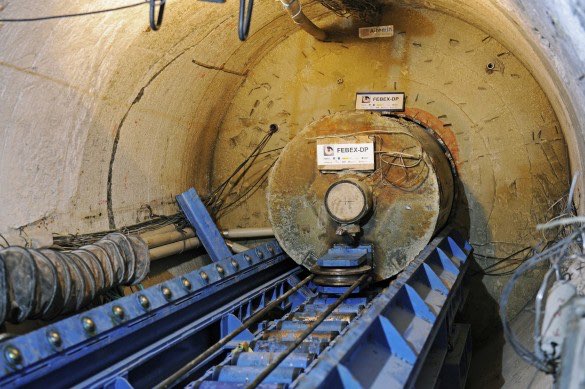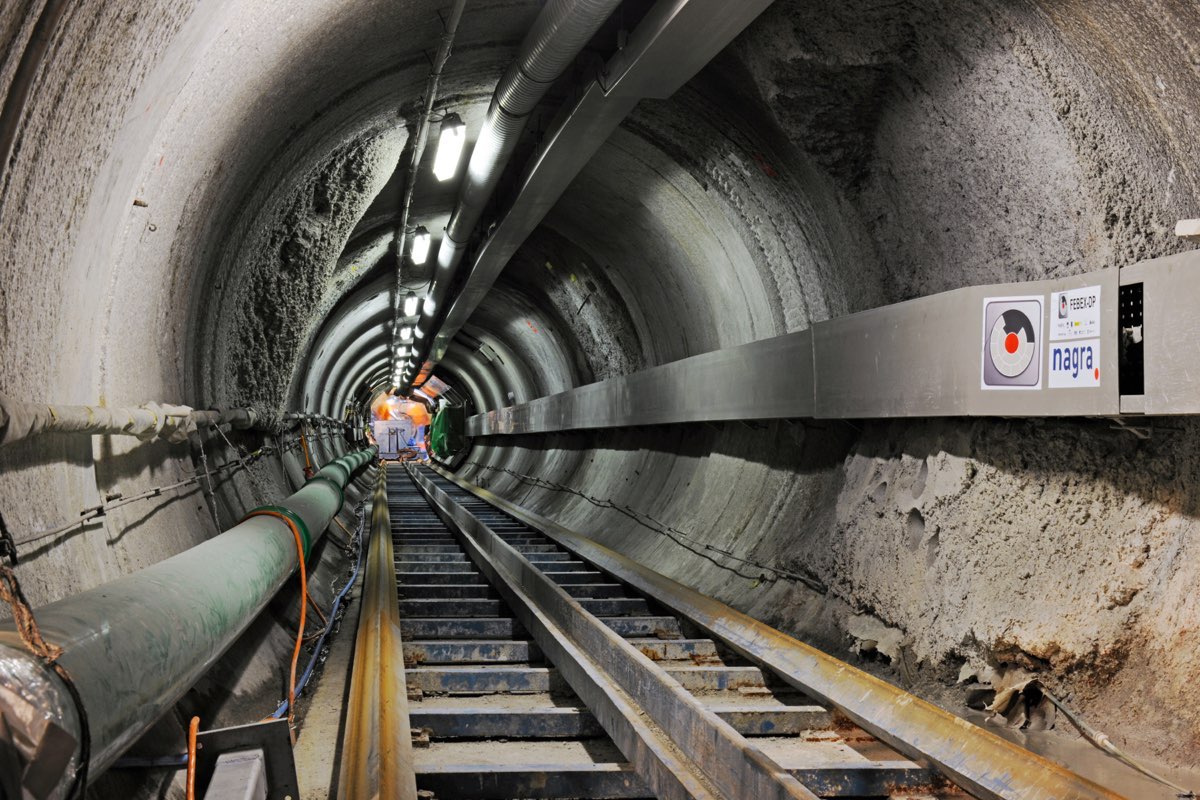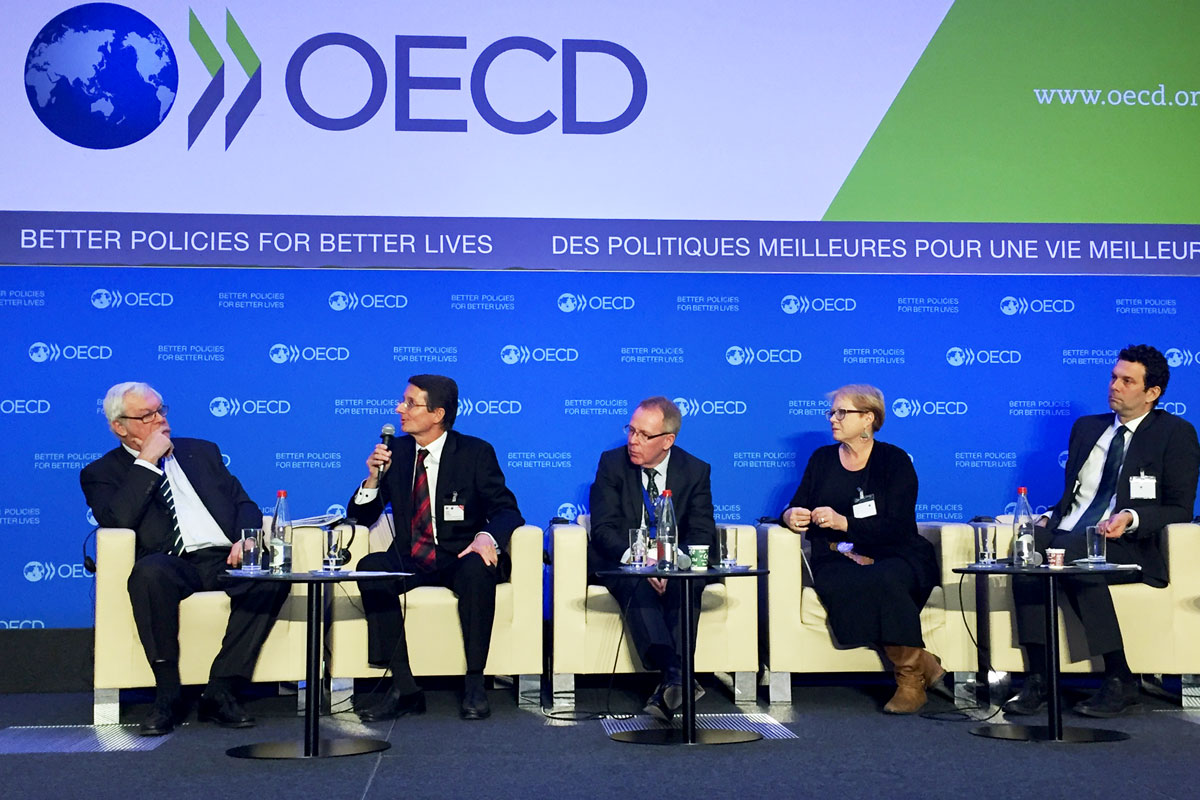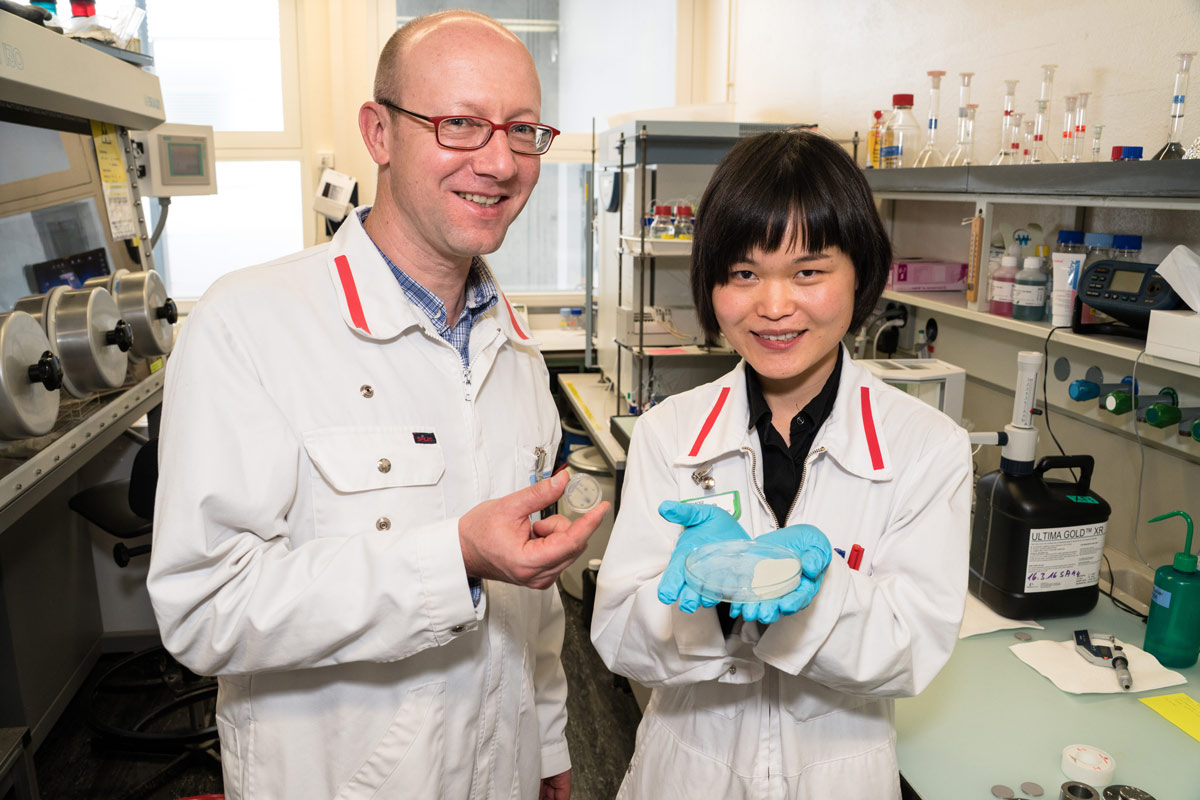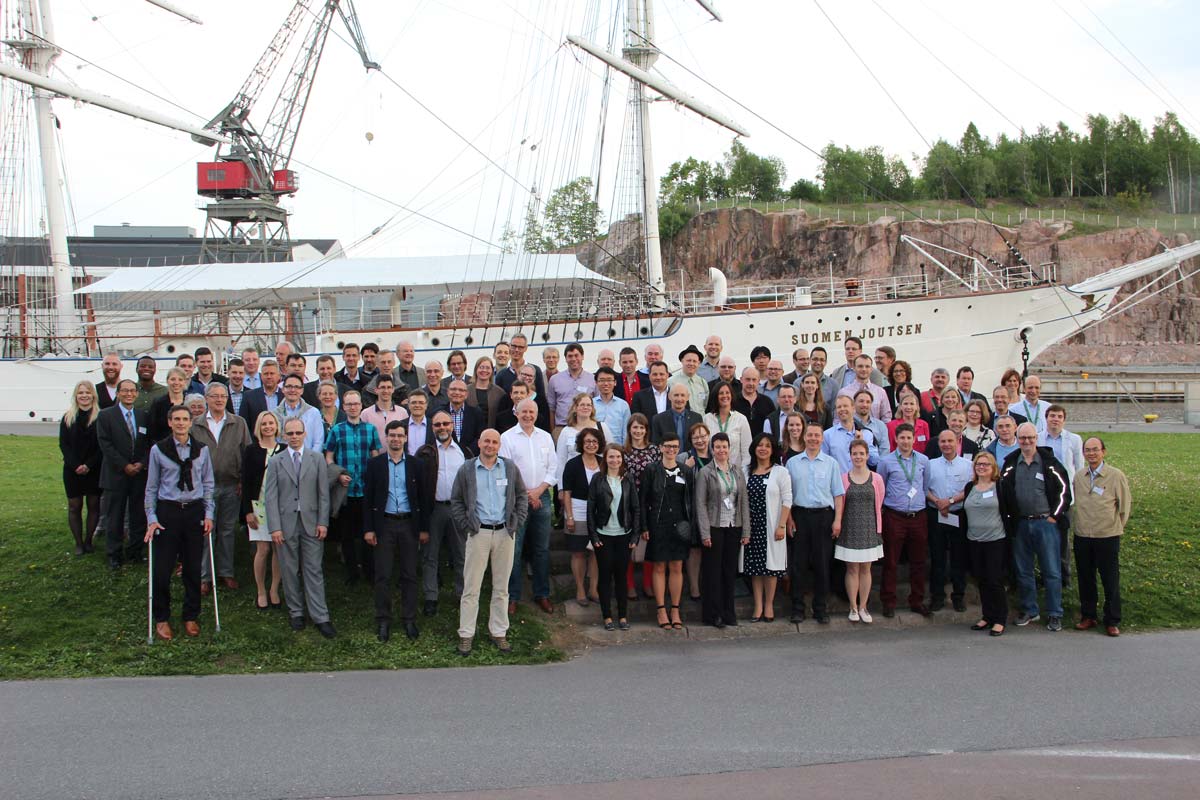Research and development forms a major part of our activities. We cover areas from nuclear engineering, materials sciences and construction technology to many geological topics such as groundwater flow. Long-term evolution such as climate change and glaciation also forms part of our studies. It could hardly be more diverse. Needless to say we are not doing this on our own. In each scientific field, we seek the best people to talk to and to collaborate with to make sure we are at the forefront of developments, applying recent findings and including new results in our thinking and planning. After all, we want to be convinced that the solutions we develop for disposing of radioactive waste are safe and make sense to all those involved in this huge challenge.
Working together
This has to be an international endeavour. With Europe currently taking the lead worldwide in repository implementation and Finland starting construction of its spent fuel repository soon, all of Nagra’s scientific staff have their peer groups of in neighbouring countries, regularly meeting up and discussing the latest developments. But this is not restricted to talking. Because a lot of the developments we carry out are first of a kind, on a large scale and involve very long time frames, we team up with our sister organisations – almost every country with a nuclear programme has a Nagra equivalent – and research institutes to conduct experiments together or to develop common numerical approaches. These joint projects are like micro-multinational environments of focused science and working together intensively often leads to long-term international friendships.
Going underground
High-tech laboratories such as the Paul Scherrer Institute are one place where it all comes together. There we can conduct fully controlled experiments with radionuclides and go all the way to integrating the latest developments in molecular modelling in order to understand their behaviour in a repository system in detail. A bit dirtier and dustier are our underground research laboratories such as the Mont Terri Rock Laboratory in the Opalinus Clay or the Grimsel Test Site high in the Swiss Alps. These are reserved for larger scale experiments which can go as far as constructing similar components to those we would like to include in an actual repository in about a generation from now. In these experiments, which can run for decades, trucks, cranes and other large equipment, often specially developed for the purpose, can be used to construct engineered barriers. In the last year, we have dismantled a full-scale experiment on engineered barrier emplacement (FEBEX-DP), which took over 6 months. Taking the experiment set-up apart after 18 years of monitoring and investigating how the properties of the materials have changed over time is almost more valuable for us than constructing the experiment in the first place.
In this respect also, Switzerland is not the only country going underground for science. Sometimes we participate in experiments in underground laboratories in Sweden, France or Belgium when we think this will help in solving some of our issues or further increasing our understanding of natural processes. The international aspects of the work bring extra motivation to reach to our objective, namely building safe repositories as soon as the time is right, although we fully realise that the actual construction of these facilities will be a matter for the next generation.
